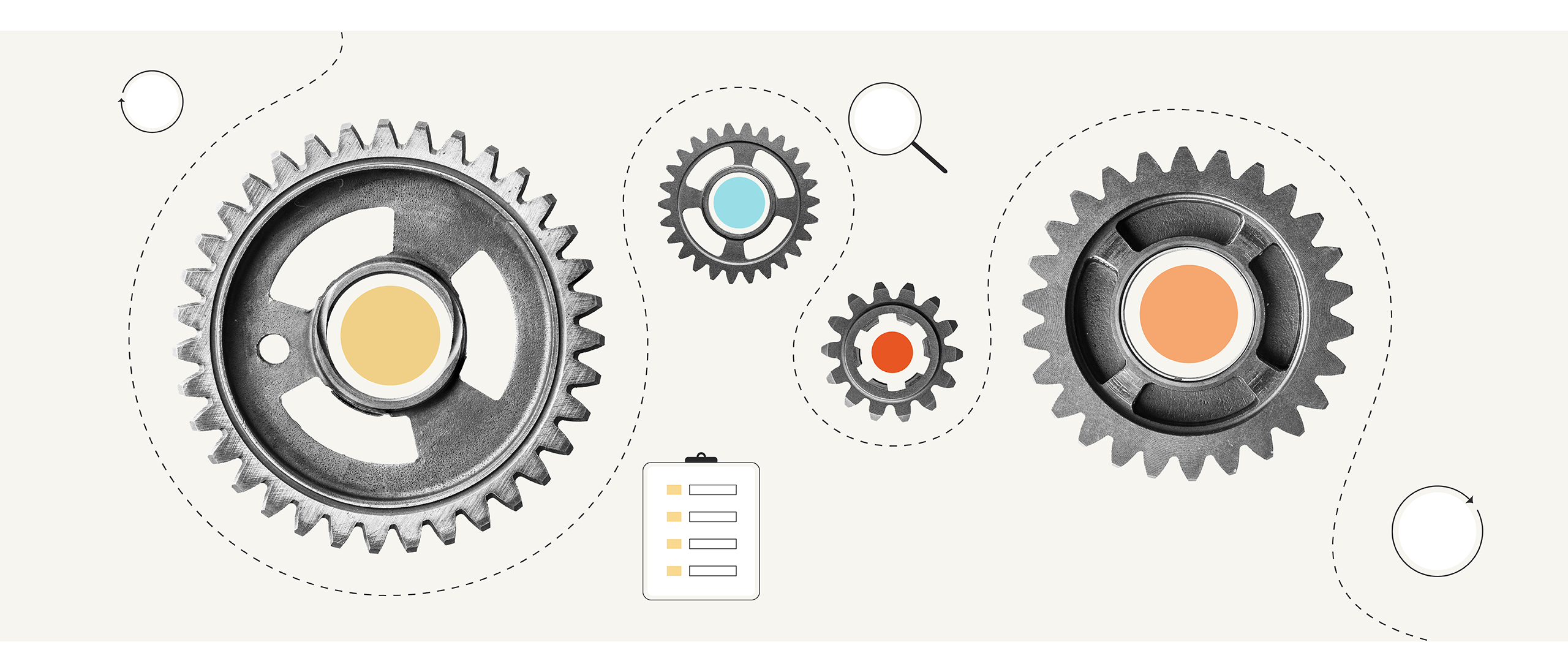New Year, New Benefits: Vendor Management Strategies for Seamless HR Compliance
In the dynamic landscape of benefits administration, effective vendor management and staying abreast of legal updates are paramount for organizations aiming to streamline processes, enhance employee experience, and ensure compliance with ever-changing regulations. This blog post delves into the critical aspects of vendor management, technological integration, cybersecurity measures, and the importance of staying ahead of legal updates.
Vendor management is the linchpin of a smooth and efficient benefits enrollment process. Organizations must regularly evaluate vendor performance and technology, understand the enhancements that are made (or planned), seek employee feedback, and assess whether technologies align with their evolving needs. These evaluations not only address immediate issues but also help to ensure that the organization’s goals are met, provide valuable insights for making informed decisions, identifyareas for improvement, and enhance the overall benefits enrollment experience.
Navigating ACA compliance
Compliance with the Affordable Care Act (ACA) reporting requirements is non-negotiable for certain employers. To avoid penalties and ensure accurate reporting, organizations must plan for ACA reporting by selecting vendors with expertise, technological capabilities, and a solid track record in this area. This proactive approach ensures the seamless execution of reporting processes and contributes to the overall efficiency of benefits administration.
Integrating and automating technology for privacy compliance
Technology plays a pivotal role in optimizing benefits enrollment processes. Integrating HR systems with payroll and benefits providers facilitates seamless data transfer, reducing manual errors and administrative burdens. Automation of data collection, eligibility verification, and enrollment tracking not only saves time and resources but also minimizes the risk of errors. Prioritizing cybersecurity measures and data privacy compliance further ensures the secure handling of sensitive employee information.
In the digital age, cybersecurity and data privacy are paramount. Robust measures, such as encryption, firewalls, and multi-factor authentication, help to protect sensitive employee data from unauthorized access. Compliance with data privacy regulations, such as the Health Insurance Portability and Accountability Act (HIPAA) , is equally crucial. A strong emphasis on data accuracy and technology utilization helps organizations navigate the challenges of an increasingly complex digital landscape to build benefits administration processes that are both smooth and secure.
Staying ahead of legal updates
With regulations and laws affecting employee benefits and vendor involvement in constant flux, organizations must establish mechanisms to stay informed. Monitoring updates from regulatory bodies, regularly checking in with your benefits vendors, engaging legal counsel, and participating in industry conferences or webinars all provide valuable insights into compliance matters. Understanding the significance of annual benefit limits published by the IRS is particularly crucial, ensuring an organization’s benefits programs are within allowable thresholds and avoid potential tax implications for employees.
Effective vendor management, technological integration, cybersecurity measures, and staying ahead of legal updates are key strategies to navigate the complexities of benefits administration, enhance employee experience, and ensure compliance with the ever-evolving legal landscape. Strive for a benefits vendor management strategy that is not only efficient but also secure, making it a seamless experience for both employers and employees.


